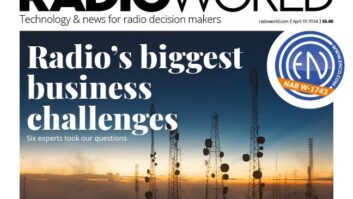“Everything has been accomplished but for us making money. We’re laser-focused” on that, said Sirius CEO Mel Karmazin, in his former role as he announced the satcaster’s second-quarter financial results as a sole company before its merger with XM.
Sirius reported a net loss of $83.9 million, for the second quarter of 2008, compared to a net loss of $134.1 million, in the second quarter of 2007. Total revenue for the second quarter 2008 increased to $283 million, up 25% from second quarter 2007 total revenue of $226.4 million.
Speaking about the merger with XM that closed July 28, Karmazin said the combined company expects to shave some $400 million off expenses in 2009 and that despite hard times for automakers, he predicts great growth for satellite radio. “Satellite radio will continue to be important to automakers. Primarily we are a source of revenue and a cool factor to help them sell cars.”
Karmazin said assume that if only 12 million cars were sold in North America in 2009, for example, and satellite radio was installed in half of those. Assuming a 50% conversion rate to paying subscriptions at $120 per subscriber, that’s more than $350 million annually in new revenue, he said, giving a hypothetical revenue model.
He’s still learning about XM’s automakers deals, because, due to SEC rules, Sirius was unable to look at those contracts before the transaction closed, said Karmazin. On his trip to XM in Washington this week, he learned that XM’s deal with General Motors is set to expire in a few years. He and GM talked and “both companies are committed” to renewing a deal, although he couldn’t give a specific timeline.
The new Sirius XM will have “a la carte” radios ready for retail this fall and interoperable radios at retail “a number of months” before the FCC’s nine-month deadline. Karmazin said automakers will choose whether to include OEM interoperable radios; if so, expect to see those roughly three-years after a decision is made, the timeframe to get a new radio on a new car platform.
The $400 million in expected operations savings doesn’t include engineering costs, said Karmazin. Integration teams have yet to put those costs together, he said.












